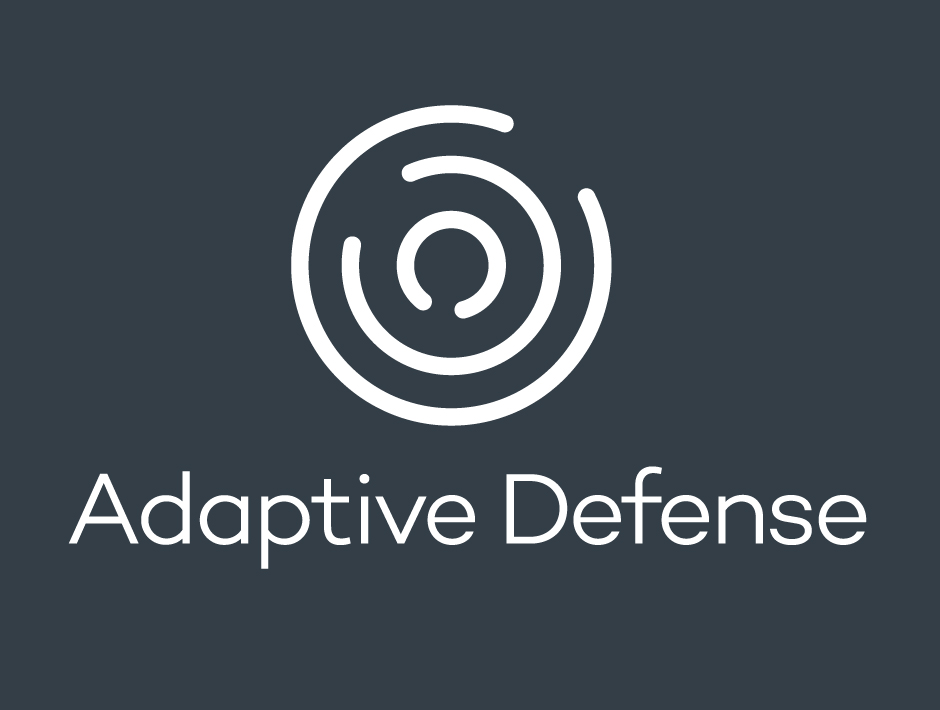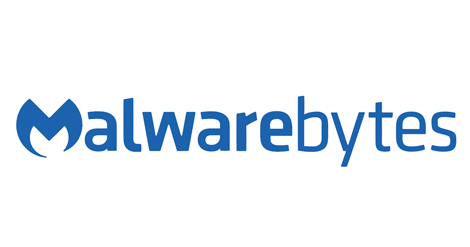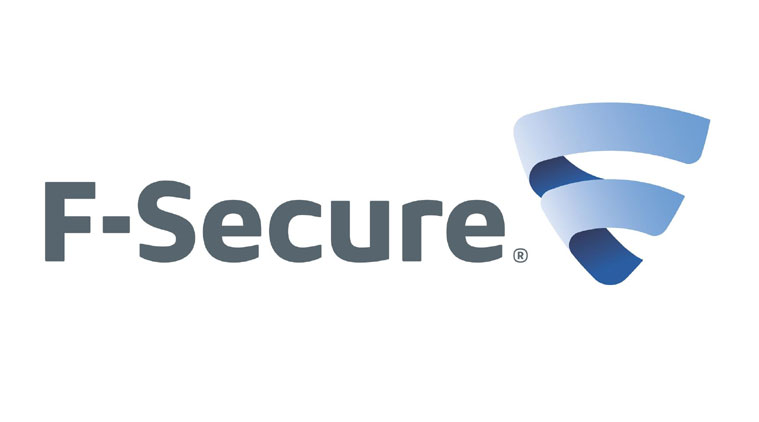
Categories
Problems that solves
Shortage of inhouse software developers
Shortage of inhouse IT resources
High costs of IT personnel
Shortage of inhouse IT engineers
Values
Enhance Staff Productivity
Reduce Costs
Nominet NTX Platform
NTX is Nominet’s threat monitoring and analytics platform, purpose built to analyse billions of DNS data packets in real time, pinpointing and eradicating malicious activity quickly and effortlessly
About Product
Description
NTX uses threat intelligence to identify the “known bad” before applying our machine learning derived algorithms to identify the “unknown bad”, immediately cutting the window of compromise on your network.
How it Works?
1. It takes just minutes to install one of our NTX Collector components on your network. This gives us visibility of your DNS traffic for real-time monitoring and action.
2. Threats are found and instantly blocked by our unique algorithms, giving your organisation immediate protection from known and unknown threats.
3. All captured threats are visually displayed by attack type, category and IP address. This intelligence is easily integrated into your SIEM platform to enrich data and speed up response time.
Features:
Events Dashboard
The NTX dashboard provides an at-a-glance overview of the DNS traffic in your organisation and any suspicious events hidden there. Get straight to the issues that matter and fix them fast.
Events Browser
You can search and view recent and historic events detected by the system. Get straight to the cause, in real time or historically, for a forensic investigation.
Automated Reports
Reports detailed events detected by NTX, IP addresses of affected machines, risk profiles presented by the events and recommended remedial actions. Take the hassle away from reporting. Board-ready reports at the click of a button.
Custom Views
Build your own customised dashboards or detailed views of events in your DNS infrastructure. For analysts and power users with a deep understanding of DNS protocol. Work the way you want to, built around your workflow.
Policy Management
Ability to customise policy beyond the defaults provided and apply these to your DNS server. Find it, understand it, block it. All with a single click.
Benefits of the NTX Platform
Real-Time Intelligence
- Proactive real-time threat blocking designed to cut malicious activity off instantly.
- Rich APIs which allow DNS threat intelligence to be integrated into existing SIEM and management reporting systems, speeding up response times and providing intelligence for post-breach forensics.
- NTX gives you visibility and actionable threat intelligence, highlighting suspicious events and giving you the ability to respond.
- Delivered either in-cloud or on-premise, NTX cloud environments can be deployed in a matter of minutes.
- The NTX platform is built to detect malicious activity in seconds so that you can start protecting your business straight away.
- Ground-breaking technology uses unique compression, analysis and machine learning algorithms to instantly detect single malicious packets hidden in vast quantities of legitimate enterprise data, before they harm your business.
- Custom dashboards tailored to your business needs and an intuitive web control panel give you unprecedented visibility of your DNS traffic and any associated threats.
- Daily logs of blocked domains associated with threats such as malware, phishing, and data exfiltration.
- Periodic analysis of service usage and regular service management reports including identification and prioritisation of risks and vulnerabilities.
- World renowned DNS analysts with over 20 years’ experience running the .UK namespace, now a part of Critical National Infrastructure.
- Award-winning service delivery teams offering around the clock access to online documentation, expert support and dedicated account management.
- Chosen by UK Government to run DNS analytics services across the UK public sector, we are proud to be part of the Active Defence Programme run by the National Cyber Security Centre.


















